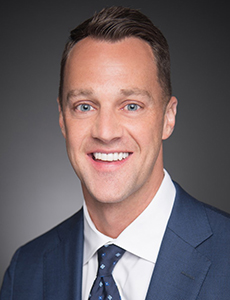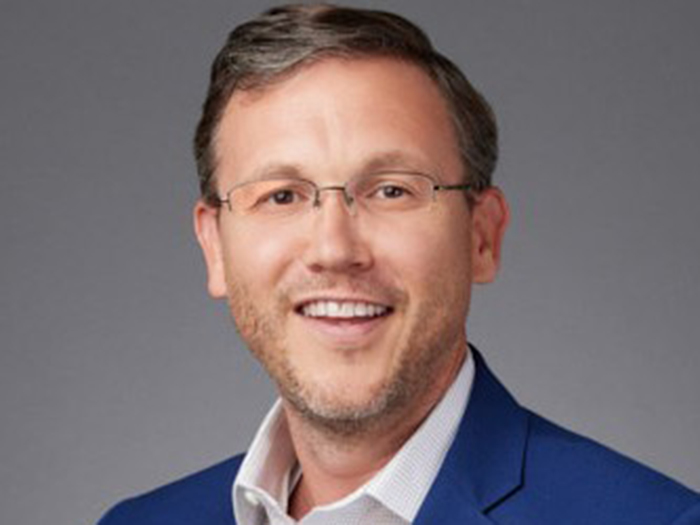Sponsored Content by The Hartford
Look for These 3 Traits in an Insurer to Tackle Complex Liability Risks

Challenges in the liability insurance market are well known. To start, loss severity is up, driven by a confluence of factors. In the property world, natural catastrophes and increasing cost of materials are driving up claim values. In the realm of personal injury risk and auto liability, rising costs of medical care and vehicle repairs are exacerbated by the effects of social inflation and a generally litigious environment.
“When you combine the rising loss trend with years of underpriced coverage, especially for long-tail liability lines, and then factor in the current low interest rate environment, all of this leads to tighter underwriting discipline,” said Mike Low, Head of Complex Liability Solutions, The Hartford. “Terms and conditions are getting tighter, prices are up, and program structures are being reworked to include higher retentions.”
As a result, risk managers and risk professionals are finding it more and more difficult to find adequate coverage for complex risks at affordable premiums.
To get the best outcome for risks with higher-hazard exposures, then, here are three key characteristics risk professionals should be looking for in their liability carrier.
1) Look for a Liability Carrier with Emphasis on Specialization

Mike Low, Head of Complex Liability Solutions, The Hartford
For businesses with unique or complex operations, an experienced liability partner that has the capacity and financial stability to provide flexible solutions is critical. In many industries, liability risk scenarios are becoming multifaceted and challenging to assess.
“Hard-to-place liability risks require specialization and customizable products and solutions,” Low said. The Hartford’s Complex Liability Solutions team is dedicated specifically to these higher-hazard exposures. “We take the time to understand the different exposures our clients have and offer a general liability product that is an admitted solution for exposures normally relegated to the non-admitted market.”
The Hartford’s complex liability underwriters average more than 20 years’ experience, mostly in a specialty underwriting background. They work closely with The Hartford’s Risk Engineering Team and claims specialists to develop policy terms, conditions and pricing that accurately reflects the exposure and wording that seeks to address coverage needs.
The Hartford’s Complex Liability Solutions team also has the ability to offer a supported lead umbrella solution.
“Having a single carrier provide both primary and umbrella solutions enables more flexibility in program structure and offers a more seamless claims process,” Low said.
2) A Carrier Should be Committed to Risk Mitigation and Loss Control
Drivers of loss severity are largely outside the control of risk managers. There’s not much they can do about severe weather, medical cost inflation or angry juries. But they can do more to prevent losses from happening in the first place. Minimizing exposures and reducing loss frequency is the most effective way to control cost of risk in a challenging market.
Liability carriers benefit from proactive risk mitigation as well and should act as partners in that effort.
“Our Risk Engineering Team works collaboratively with clients, looking at their processes end-to-end to identify potential sources of loss and make specific mitigation recommendations,” Low said.
“And they have industry-specific expertise, so they understand a client’s operational needs and constraints,” he added.
Risk professionals should be looking for carriers that are leveraging technology as well. The Internet of Things, or IoT-connected devices, can be valuable tools in both property and personal liability risk mitigation.
“Connected cameras have multiple benefits from a property, workers’ compensation and liability standpoint. They can really help improve safety protocols and housekeeping measures that reduce slip-and-fall frequency. Environmental sensors provide valuable insights as well,” said Low.
“We are doing a lot of exploring to see where we can use IoT-connected devices to help lower the total cost of risk,” he added.
3) A Great Liability Carrier Partner Has a Collaborative Approach to Complex Risks
Complex risks demand a high-touch approach. No matter how hazardous a company’s operations may be, it’s important to understand the business’s exposures, the risk mitigation protocols it has in place and the client company’s specific operations.
Two key ingredients are necessary to make this happen. First is an understanding of complex liability risks. Second is a collaborative effort by underwriters, risk engineers and claims professionals together with brokers and insureds.
“Our underwriting model is centered on a highly collaborative approach, both internally here at The Hartford, with our underwriters, claims and Risk Engineering Team, and externally with the agent or broker and client to actively mitigate their risk and offer flexible program structures and different coverages to meet the client’s needs,” Low explained.
“Industry specialization is important too, since many loss drivers are segment-specific. Habitational real estate, for example, faces very different issues from manufacturing or transportation. We continue to build specialized expertise to support both the industry and the products we serve to our customers and distribution partners with differentiated risk insights,” Low continued.
“The team also takes a unique approach to complex liability claim management. To best serve our customers we take a top-down approach, so a Complex Liability claim comes directly to our claims leadership. Severity is recognized much faster, which enables us to assign the right resources in a timely manner. That makes a big difference in claim outcomes,” Low said.
To learn more, visit https://www.thehartford.com/complex-liability-solutions.
Certain coverages vary by state and may not be available to all businesses. All Hartford coverages and services described on this page may be offered by one or more of the property and casualty insurance company subsidiaries of The Hartford Financial Services Group, Inc. In Texas, California, Arizona, New Hampshire and Washington, this insurance is underwritten by Hartford Accident and Indemnity Company, Hartford Casualty Insurance Company, Hartford Fire Insurance Company, Hartford Insurance Company of the Midwest, Hartford Lloyd’s Insurance Company (TX only), Hartford Underwriters Insurance Company, Maxum Casualty Insurance Company, Navigators Insurance Company, Property and Casualty Insurance Company of Hartford, Sentinel Insurance Company, Ltd., Trumbull Insurance Company and Twin City Fire Insurance Company.
The Hartford® is The Hartford Financial Services Group, Inc. and its subsidiaries, including Hartford Fire Insurance Company. Its headquarters is at One Hartford Plaza, Hartford, CT 06155.
![]()
This article was produced by the R&I Brand Studio, a unit of the advertising department of Risk & Insurance, in collaboration with The Hartford. The editorial staff of Risk & Insurance had no role in its preparation.










